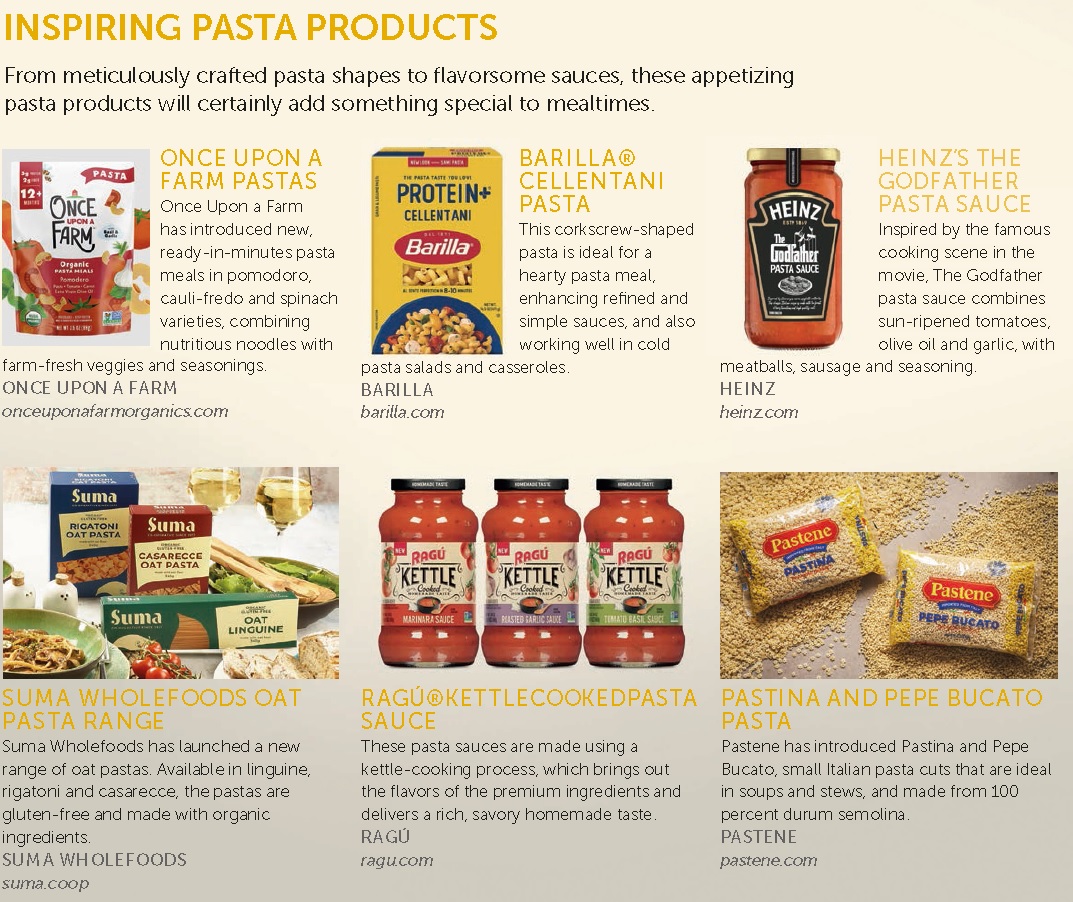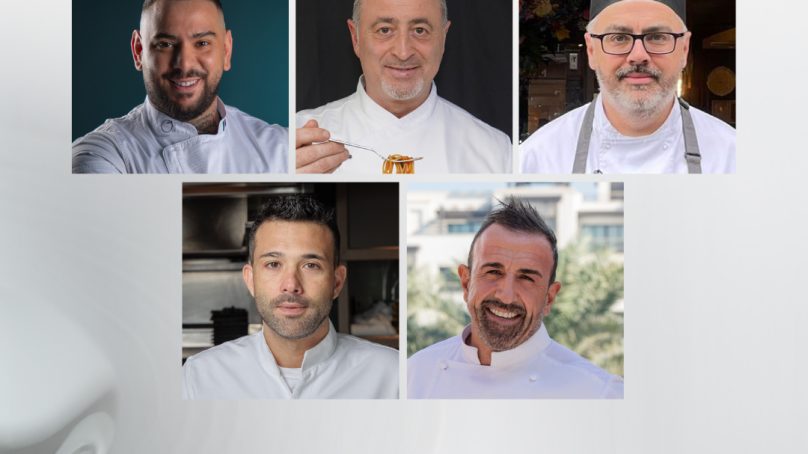
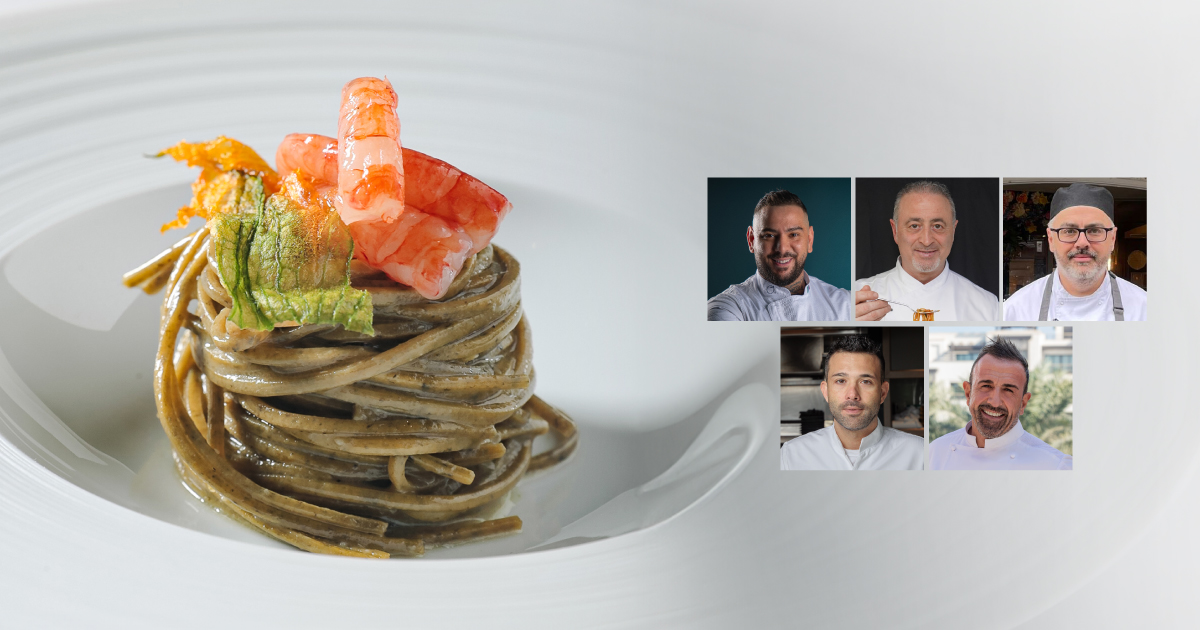
Rigatoni reigns
I can honestly say that rigatoni is my favorite shape of pasta. Its short, cylindrical shape allows sauces to stick to its ridges and seep into its center, ensuring each bite is packed with flavor. The firm texture holds up well for hearty sauces, like carbonara or meat ragu, while also working beautifully in lighter sauces with vegetables or cream. Rigatoni’s versatility makes it a staple in many dishes. Whether baked in a ‘pasta al forno’ or tossed in a simple Amatriciana or ‘cacio e pepe’ sauce, rigatoni always delivers a satisfying and delicious dining experience.
All about absorption
The thickness and texture of pasta shapes play a crucial role in sauce absorption, influencing both flavor and texture in a dish. Thinner pasta, like angel hair or spaghetti, absorbs less sauce, allowing it to coat each strand lightly for a delicate flavor. In contrast, thicker shapes, such as penne or rigatoni, have more surface area and denser texture, absorbing and holding onto sauces for a more intense flavor experience. This variation allows chefs to tailor dishes to specific culinary needs. Lighter sauces pair well with thinner pasta for a more subtle taste, while heartier sauces cling better to thicker pasta, creating a robust and satisfying meal.
A wide appeal
Including pasta dishes on a menu offers several benefits. Firstly, pasta is a versatile ingredient that can be adapted to various cuisines and dietary preferences, appealing to a wide range of customers. Additionally, pasta dishes are often cost-effective to prepare, providing good profit margins for restaurants. They also have a long shelf life, reducing food waste and increasing kitchen effciency. Pasta is a comfort food for many, providing a satisfying and filling meal option. Dishes can be customized with different sauces, proteins and toppings, allowing chefs to showcase their creativity and keep menus dynamic and exciting. For other alternatives, pasta made from vegetables like spinach or carrots offers added nutrients and colors, while whole wheat pasta is known for its fiber and nutrients. Incorporating a variety of pasta types into a diet can help to ensure a balanced intake of nutrients and flavors.

MASSIMO BARTOLINI
Former executive chef of Leccino
leccinoristorante.com
@chefmassimo90
Fresh and artisanal
When making decisions in the kitchen, I generally love cooking fresh pasta, specifically egg tagliatelle or fettuccine. My preference is working with purely artisanal pasta, created from a durum wheat semolina dough.
Targeting the texture
The thickness and texture of pasta shapes have a critical part to play in the dining experience. I believe that this matters most in relation to the consistency that is being sought with the bite and mouthfeel when chewing the food, rather than being linked to the absorption of the condiments, so after the cooking process, rather than during preparation. It is also true that specific varieties of pasta are associated with certain sauces thanks to their thickness and specific shape. One example of this is the ‘bucatini’ pasta, which is often associated with Amatriciana sauce.
Essential equipment
Pasta can be produced using either the artisanal process or industrially. However the pasta is being made, the roller dough sheeter is certainly one of the essential items needed in the kitchen for production. These can be manual or electric.
Versatility a plus point
Pasta is a highly versatile product, which can be served both cold and hot. These and other qualities make it ideal for incorporating creatively into a diverse range of dishes, spanning different cultures and traditions. Another advantage that pasta offers is the numerous shapes and sizes it comes in, from miniature forms to larger pieces. This increases the options for chefs, offering them opportunities to prepare dishes with a variety of consistencies and final presentations.
On-trend options
Pasta is also well placed to accommodate the various food trends currently causing a stir and cater to modern tastes. For example, it can be made with key vegetable and legume ingredients, while other varieties also exist that can support dietary requirements, such as vegan and gluten-free options. On-trend varieties include rice and chickpea pasta. Whole wheat pasta varieties are also popular. In fact, these are my preferred alternatives since I love the health benefits they oªer from being high in fiber.
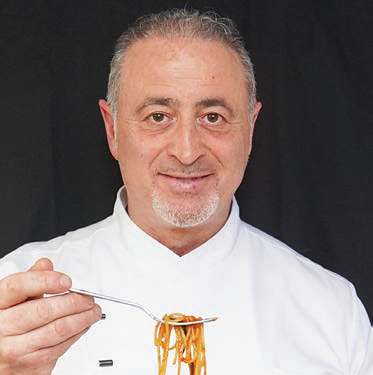
MASSIMILIANO BUGLIOSI
Italian corporate chef at Maillon Group, Lebanon
@chefmassimilianobugliosi
Fresh and artisanal
When making decisions in the kitchen, I generally love cooking fresh pasta, specifically egg tagliatelle or fettuccine. My preference is working with purely artisanal pasta, created from a durum wheat semolina dough.
Targeting the texture
The thickness and texture of pasta shapes have a critical part to play in the dining experience. I believe that this matters most in relation to the consistency that is being sought with the bite and mouthfeel when chewing the food, rather than being linked to the absorption of the condiments, so after the cooking process, rather than during preparation. It is also true that specific varieties of pasta are associated with certain sauces thanks to their thickness and specific shape. One example of this is the ‘bucatini’ pasta, which is often associated with Amatriciana sauce.
Essential equipment
Pasta can be produced using either the artisanal process or industrially. However the pasta is being made, the roller dough sheeter is certainly one of the essential items needed in the kitchen for production. These can be manual or electric.
Versatility a plus point
Pasta is a highly versatile product, which can be served both cold and hot. These and other qualities make it ideal for incorporating creatively into a diverse range of dishes, spanning different cultures and traditions. Another advantage that pasta offers is the numerous shapes and sizes it comes in, from miniature forms to larger pieces. This increases the options for chefs, offering them opportunities to prepare dishes with a variety of consistencies and final presentations.
On-trend options
Pasta is also well placed to accommodate the various food trends currently causing a stir and cater to modern tastes. For example, it can be made with key vegetable and legume ingredients, while other varieties also exist that can support dietary requirements, such as vegan and gluten-free options. On-trend varieties include rice and chickpea pasta. Whole wheat pasta varieties are also popular. In fact, these are my preferred alternatives since I love the health benefits they offer from being high in fiber.
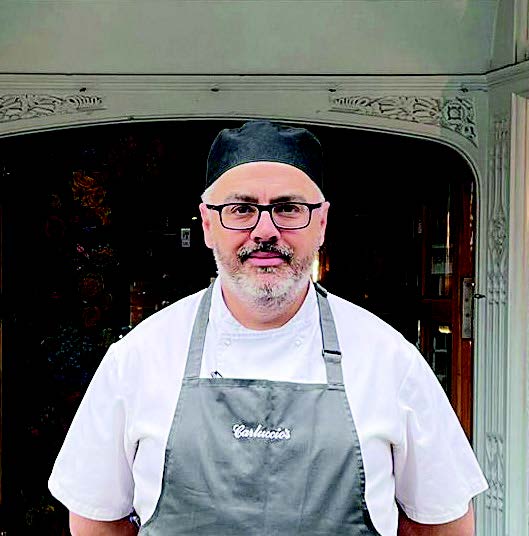
IAIN DICKSON
Head of operations Carluccio’s Middle East
carluccios.com
@carlucciosme
Homemade memories
My favorite pasta is homemade fresh spaghetti chitarra. Not only does it remind me of the early days in my first restaurant, when I used this shape with crab sauce and Amalfi lemon, but it also goes well with numerous different sauces.
Tools of the trade checklist
There are several specialist tools that professional kitchens often use for making pasta efficiently and with precision. Some of these are: pasta machine; pasta cutter attachment; pasta extruder; pasta drying rack; pasta cooker; pasta tongs; ravioli press; and a pasta rolling pin. These professional kitchen tools streamline the pasta-making process and help chefs produce high-quality pasta dishes consistently.
Creativity at the core
Chefs can create a number of pasta dishes for menus catering to modern tastes and appealing to plant-curious consumers seeking wellness options. These could involve incorporating global flavors into pasta dishes, like creating a Thai-inspired coconut curry pasta with rice noodles. Another idea is using miniature pasta forms, such as orzo, couscous or ditalini, in pasta salads or side dishes. Hummus pasta, made by tossing cooked pasta with creamy hummus sauce, is a current on-trend alternative, as is the incorporation of plant-based ingredients in pasta dishes, including vegetables, legumes and plant-based proteins like tofu or tempeh. Other ideas to consider are adding creative toppings and garnishes, and customization options, allowing diners to personalize their pasta dishes according to their preferences and dietary restrictions. Rotating seasonal pasta specials featuring fresh, local produce and seasonal ingredients is another tip.
Color and health benefits
Veggie pasta, which is typically made from vegetables like spinach, carrots or beets, blended with flour, often contains added nutrients and fiber, making it a nutritious choice. Whole wheat pasta is made from whole wheat flour, which retains the bran and germ layers of the wheat grain, providing more fiber, vitamins and minerals compared to refined pasta. It has a nuttier flavor and a slightly denser texture and is often recommended for its higher nutritional content and lower glycemic index.
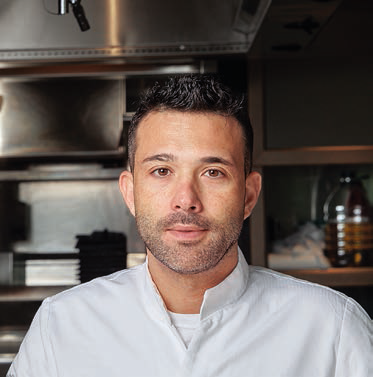
GIUSEPPE PEZZELLA
Executive chef at Rikas Group
mineandyoursgroup.com
@giuseppepezzellachef
Marrying textures and flavors
My top preference is undoubtedly working with fresh studied pasta, such as ravioli and ‘plin.’ Thickness and texture are paramount with pasta since they influence the absorption of the sauce and ultimately enhance the overall dining experience. Each pasta shape demands careful consideration of these factors to perfectly complement the accompanying sauce. For example, in my signature dish, ‘ravioli del plin,’ I aim for the thinnest possible dry pasta dough. This delicate thickness allows the pasta to delicately encase the flavorful filling, while ensuring optimal sauce absorption. Understanding the interplay between pasta thickness, texture and sauce absorption, and expertly balancing these elements, is crucial for meeting specific culinary needs.
Professional precision
I rely on a curated selection of essential kitchen tools to craft pasta at a professional level. These include an Italian pasta machine, a pasta wheel cutter and a rolling pin. Other specialized tools I use include emporte-pièces, also known as pastry or dough cutters, which are invaluable for creating uniform shapes and designs in filled pasta varieties like tortellini or ‘agnolotti.’ I also use a cooker specifically designed for cooking pasta perfectly.
Wellness-oriented choices
Plant-based pasta varieties, such as chickpea or lentil pasta, are ideal for catering to modern tastes and growing demand. I am currently experimenting with an eggplant-based ‘ravioli del plin,’ filled with ingredients like burrata, tomato sauce and camel cheese cream, offering a tempting option for plant-curious consumers seeking wellness-oriented choices. This blend of traditional flavors with contemporary twists embodies the essence of modern brunch cuisine, appealing to a diverse range of palates, while showcasing the endless creativity that pasta dishes can inspire.
The wonders of whole wheat
Whole wheat varieties of pasta offer excellent creative opportunities, since they possess a higher starch content, which imparts a delightful texture and thickness to dishes. This added starchiness not only enhances the overall mouthfeel of the pasta, but also contributes to a more robust and satisfying dining experience. For me, the nuanced complexity and hearty texture of whole wheat pasta reign supreme.
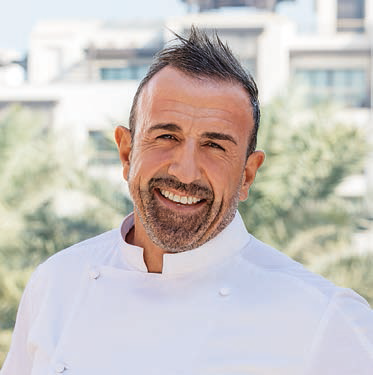
SAVERIO SBARAGLI
Head chef at Al Muntaha, UAE
jumeirah.com
@chefsaveriosbaragli
